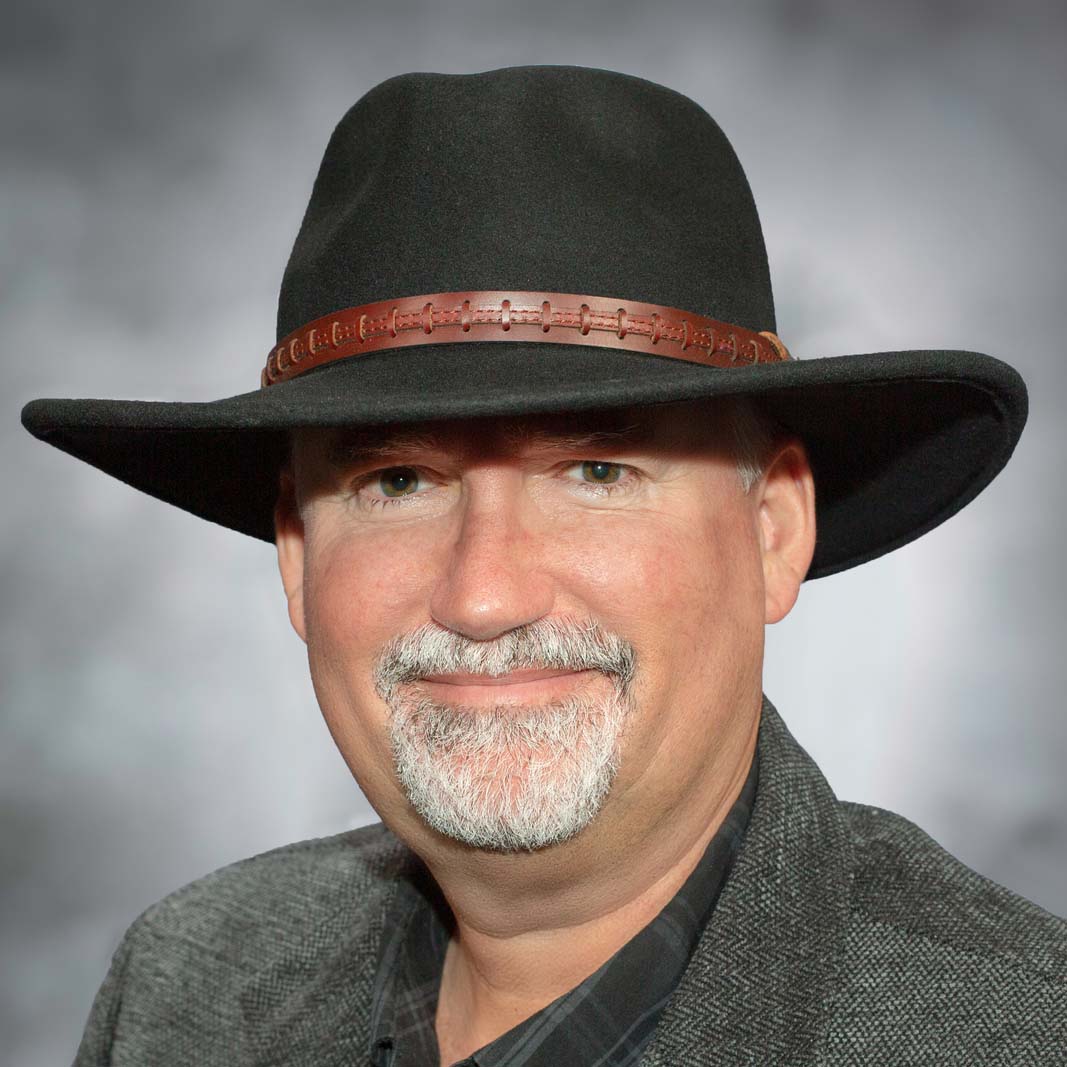Dr. David Lumley
- Professor and Department Head of Sustainable Earth Systems Sciences
- Cecil H. and Ida M. Green Chair in Geophysics

The estate of Cecil H. and Ida Green created the position. Their legacy at The University of Texas at Dallas was to establish in Dallas a world-class cohort of faculty and students in the new domain of integrated interdisciplinary biomedical research. The resources and talents of UT Dallas and UT Southwestern are combined under the guidance of the two institutions’ Green Centers. Endowments were generated for faculty members whose research expertise lies at one of the interfaces between biomedical science and physical, mathematical, computational or engineering science, emphasizing in particular research that will create synergy with research at UT Southwestern.
“I knew Cecil Green in the last decade of his life. My PhD advisor was the Green Chair in Geophysics at Stanford, and Cecil Green used to come by to visit us once or twice a year. Cecil and I made a great connection because we had similar paths; he grew up in Vancouver and attended the University of British Columbia, and became a geophysicist, as I did. It is therefore a great honor for me to hold the Cecil H. and Ida M. Green Chair in Geophysics at UT Dallas.”
Dr. David Lumley is an expert in the unseen.
His research focuses on seismic imaging and monitoring methods, as well as high-performance computing, to track how fluid flow and rock properties deep within the earth change over time. This work investigates natural resources such as groundwater, oil and natural gas, as well as natural phenomena such as earthquakes.
Using large arrays of seismic wavefield sources and receivers at the surface, Lumley obtains high-resolution, 3D images inside the earth — much like ultrasound images — of the subsurface rock layers and fluid-flow paths and monitors how they change over time.
“Seismic imaging was first tested about 100 years ago, and now many other imaging applications in science and engineering today are spin-offs, including satellite radar and medical ultrasound imaging,” Lumley said. “Our work generates very sharp images of features in the earth that can be used for anything from imaging geologic layers, to tracking groundwater flow, to monitoring carbon dioxide sequestration, to analyzing natural and manmade earthquakes.”
Prior to joining the UT Dallas faculty in 2017, Lumley was the chair of geophysics at the University of Western Australia, where he also directed the Center for Energy Geoscience and the UWA Reservoir Management research consortium. While in Australia, he worked with industry and government agencies to design and monitor carbon dioxide sequestration projects, including two of the world’s largest projects — over $100 million each — to test carbon capture and storage methods at commercial scales.
Lumley has been principal investigator on more than $135 million in competitive research grants and has co-written over 150 peer-reviewed journal articles and expanded conference abstracts.
A native of Vancouver, British Columbia, Lumley received his bachelor’s and master’s degrees in geophysics and astronomy from the University of British Columbia, and his PhD in geophysics from Stanford University.
His connections to UT Dallas history started well before he became a faculty member.
In the 1930s, Cecil Green, Erik Jonsson and Eugene McDermott were electrical engineers and pioneering geophysicists who owned a Dallas-based company called Geophysical Services, Inc., which provided seismic services to the petroleum exploration industry. From that company the trio established Texas Instruments and later went on to found the Graduate Research Center of the Southwest, the institution that in 1969 became UT Dallas.
“I knew Cecil Green in the last decade of his life,” Lumley said. “My PhD advisor was the Green Chair in Geophysics at Stanford, and Cecil Green used to come by to visit us once or twice a year. Cecil and I made a great connection because we had similar paths; he grew up in Vancouver and attended the University of British Columbia, and became a geophysicist, as I did.
“It is therefore a great honor for me to hold the Cecil H. and Ida M. Green Chair in Geophysics at UT Dallas.”